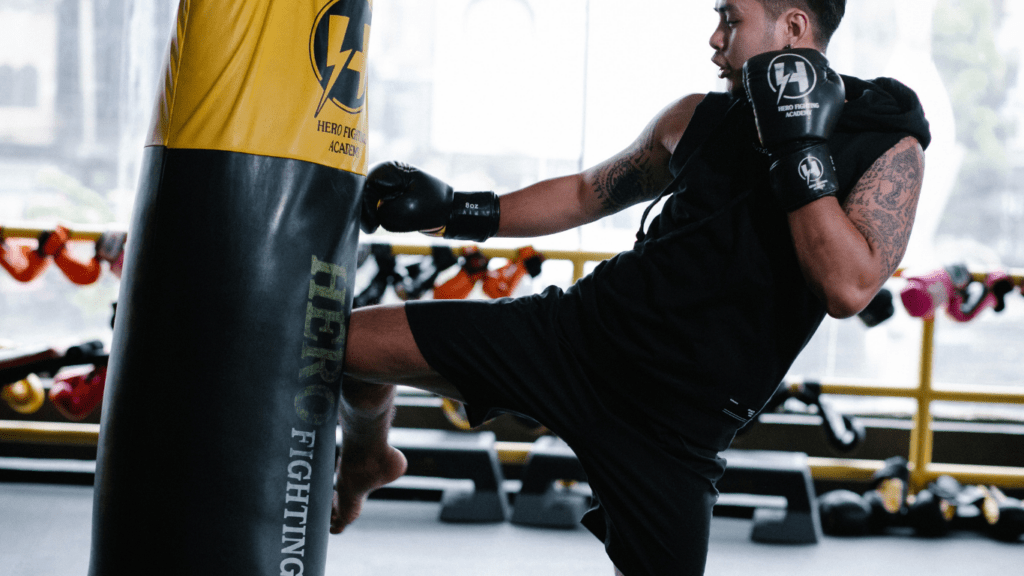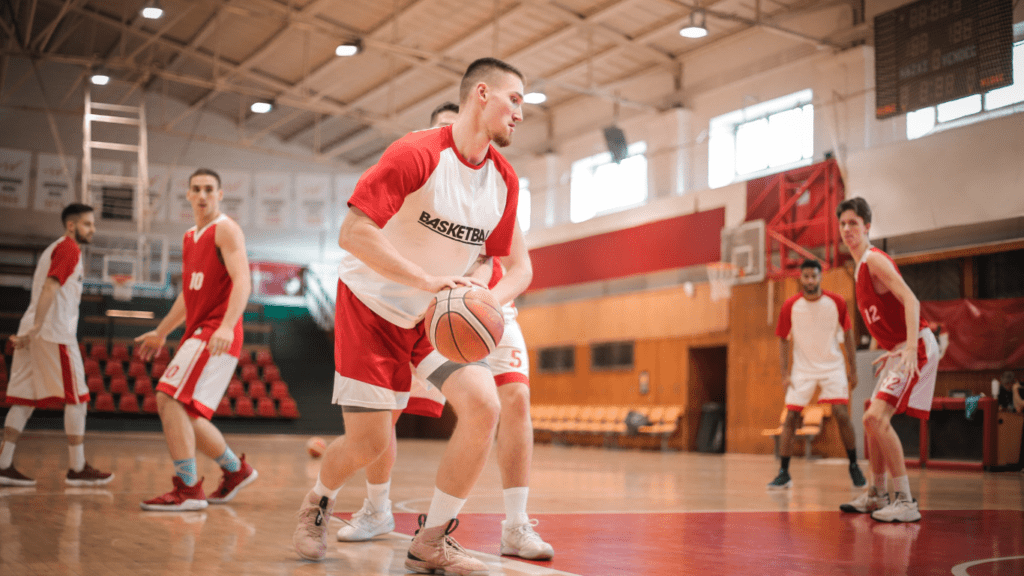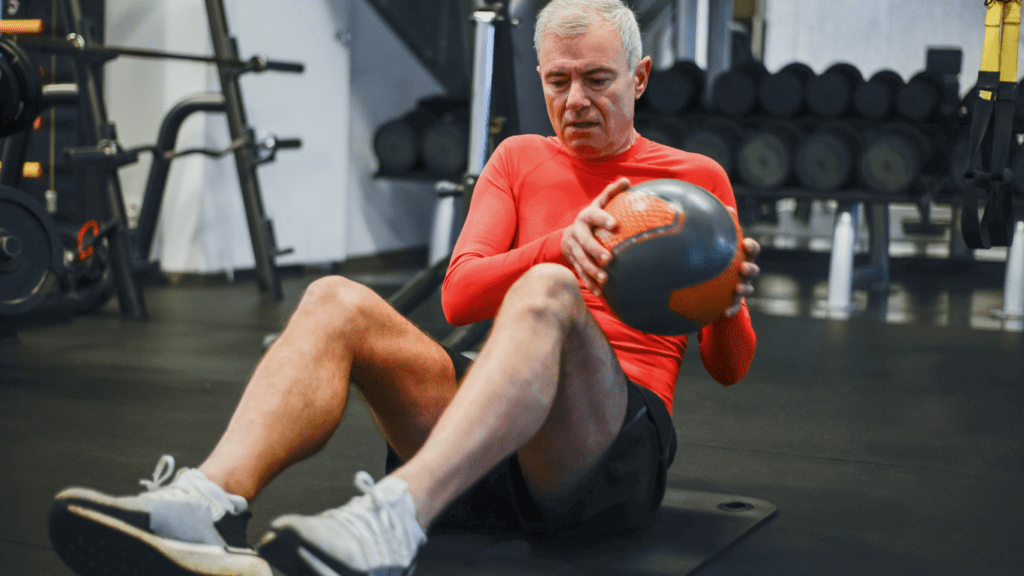Every athlete knows the difference between practice and performance. While practice builds skills and confidence, the real test comes when the pressure’s on. I’ve seen countless talented individuals falter in crucial moments, unable to translate their hard-earned skills into success. So, what’s the secret to bridging that gap?
In this article, I’ll explore the mental and physical strategies that can help you thrive under pressure. From visualization techniques to breathing exercises, I’ll share insights that can transform your approach to high-stakes situations.
Let’s dive into how we can turn practice into powerful performance when it really counts.
Overview of Practice and Performance
Practice refers to the repeated execution of skills, where athletes focus on refining techniques and building muscle memory. This stage emphasizes consistency, allowing athletes to develop confidence in their abilities.
Performance, however, occurs in real-time, often during competitions or critical situations. In these moments, the pressure increases, and the environment changes, which can lead to challenges that practice alone doesn’t address.
The Concept of Bridging the Gap
Understanding the concept of bridging the gap between practice and performance is essential for athletes. It involves recognizing the need for effective skill transfer to real-world scenarios while addressing challenges that arise under pressure.
Importance of Skill Transfer
Skill transfer refers to applying practiced techniques in competitive environments. Monitoring performance under pressure highlights the necessity of translating skills developed during training into successful outcomes during competition.
Athletes who excel in practice but struggle in performance often face issues related to confidence and adaptability. For example, when athletes visualize successful execution during practice, they build a neural framework that promotes familiarity with key techniques.
This mental preparation enhances their ability to perform consistently under pressure. Research indicates that effective skill transfer can be achieved through targeted mental conditioning and simulation of pressure situations during training.
Challenges in High-Pressure Situations
High-pressure situations introduce unique challenges that can derail an athlete’s performance. Factors like heightened anxiety, audience expectations, and the competitive atmosphere can overwhelm even the most skilled individuals.
Strategies for Success
Bridging the gap between practice and performance requires specific strategies that enhance both physical skills and mental readiness. Here are some effective techniques that can foster success under pressure.
Effective Practice Techniques
Incorporating deliberate practice techniques can significantly improve performance. Focus on the following strategies:
- Repetition: Execute skills consistently to develop muscle memory. This repetition builds confidence and familiarity in high-pressure situations.
- Micro-challenges: Create mini-competitions during practice to simulate the intensity of real events. These challenges help athletes acclimate to pressure.
- Feedback loops: Utilize immediate feedback from coaches or self-analysis to identify weaknesses and make adjustments. Accurate feedback enhances learning and skill refinement.
- Varied environments: Practice in different settings and conditions to prepare for unpredictable competition scenarios. Exposure to diverse situations increases adaptability.
Mental Preparation and Resilience
Mental preparation is crucial for performance enhancement. Employ these methods to strengthen mental resilience:
- Visualization: Visualize successful outcomes and rehearse skills mentally. This process prepares the mind for real situations and boosts self-efficacy.
- Breathing exercises: Implement deep breathing techniques to manage anxiety and maintain focus. Controlled breathing regulates physiological responses and promotes calmness.
- Mindfulness techniques: Engage in mindfulness practices to stay present during competitions. Mindfulness helps counteract distractions and improves concentration.
- Cognitive restructuring: Challenge negative thoughts by reframing them into positive affirmations. This technique fosters a growth mindset and enhances confidence under pressure.
Utilize these strategies regularly to promote a seamless transition from practice to performance, ultimately empowering athletes to thrive in high-stakes environments.
Case Studies and Examples
I’ll explore real-life applications of techniques and lessons learned from failures to bridge the gap between practice and performance under pressure.
Real-Life Applications
Numerous athletes have successfully employed mental conditioning techniques to excel under pressure. For instance, Olympic swimmer Michael Phelps uses visualization extensively. He mentally rehearses races, picturing every detail, from starting blocks to the finish line. This practice builds his confidence and focus, allowing him to perform at his best during competitions.
Similarly, NBA star LeBron James utilizes breathing exercises before games. He engages in deep, rhythmic breathing to calm nerves and center himself. This technique enhances his mental clarity and allows him to adapt to the dynamics of high-pressure games effectively.
Lessons Learned from Failure
Failures often provide valuable insights for athletes trying to bridge the practice-performance gap. Take tennis player Serena Williams as an example. Early in her career, she struggled during critical matches, allowing anxiety to overtake her skills. Each loss prompted her to analyze her mental approach, leading to the adoption of mindfulness techniques. She learned to focus on the present moment rather than worrying about potential outcomes.
Another example is golfer Rory McIlroy, who experienced setbacks in major tournaments. His failures underscored the importance of mental resilience. In response, he embraced cognitive restructuring, reframing negative thoughts and developing positive self-talk strategies. This shift changed his performance trajectory, allowing him to thrive under pressure.
By examining these real-life applications and lessons, athletes gain insights into effective strategies for transcending the boundaries between practice and performance.




